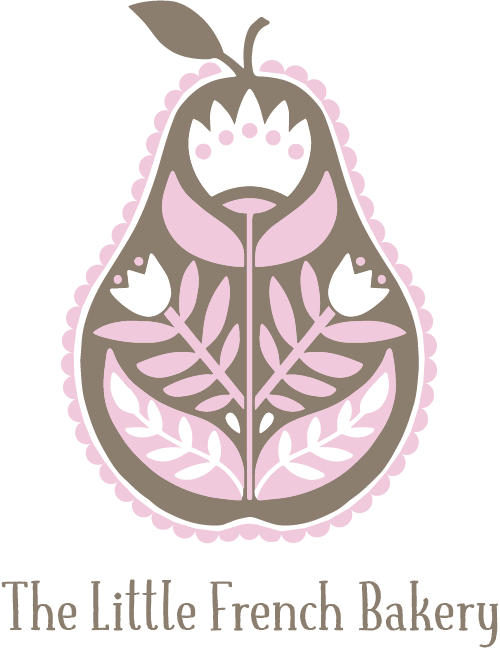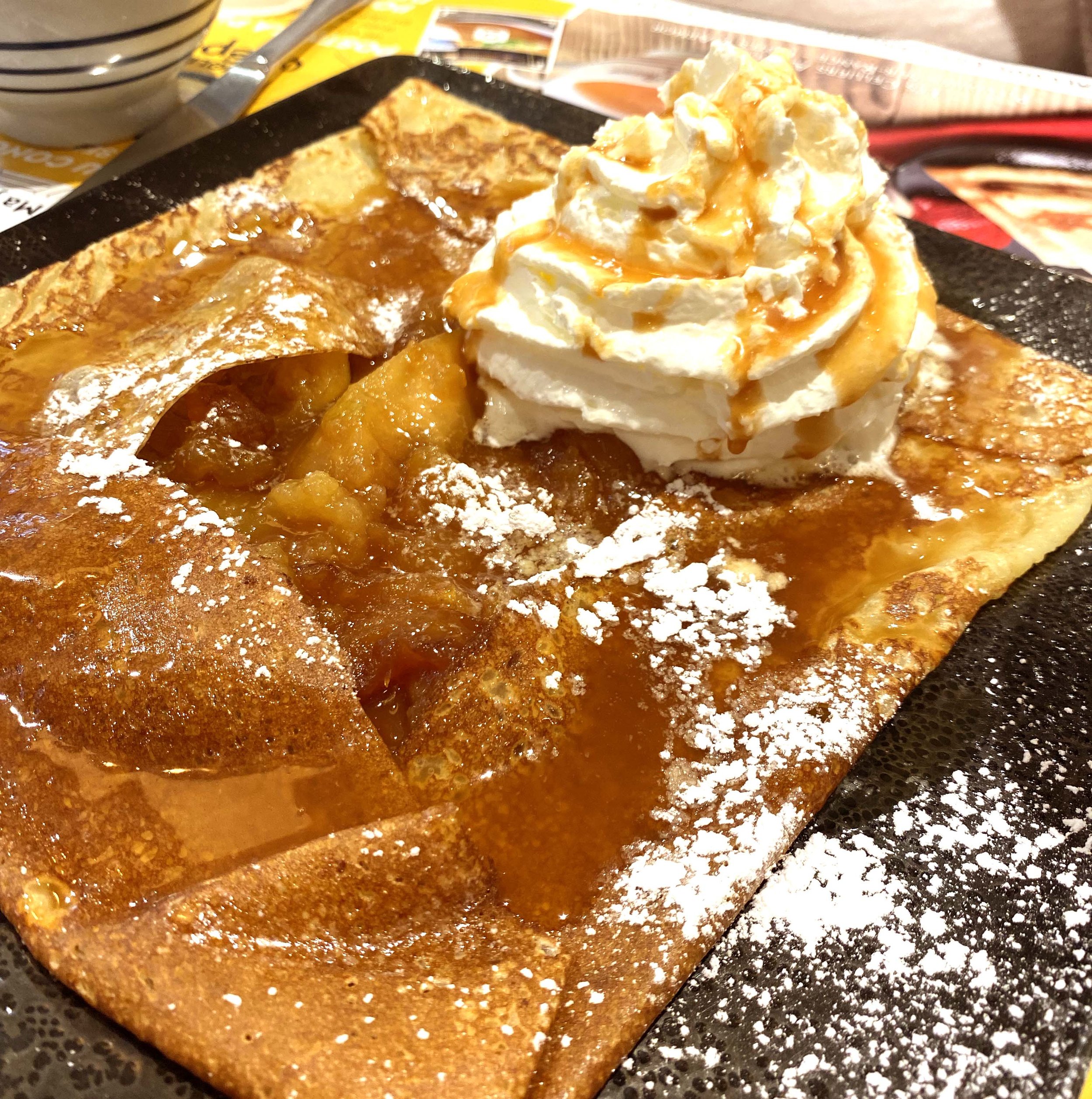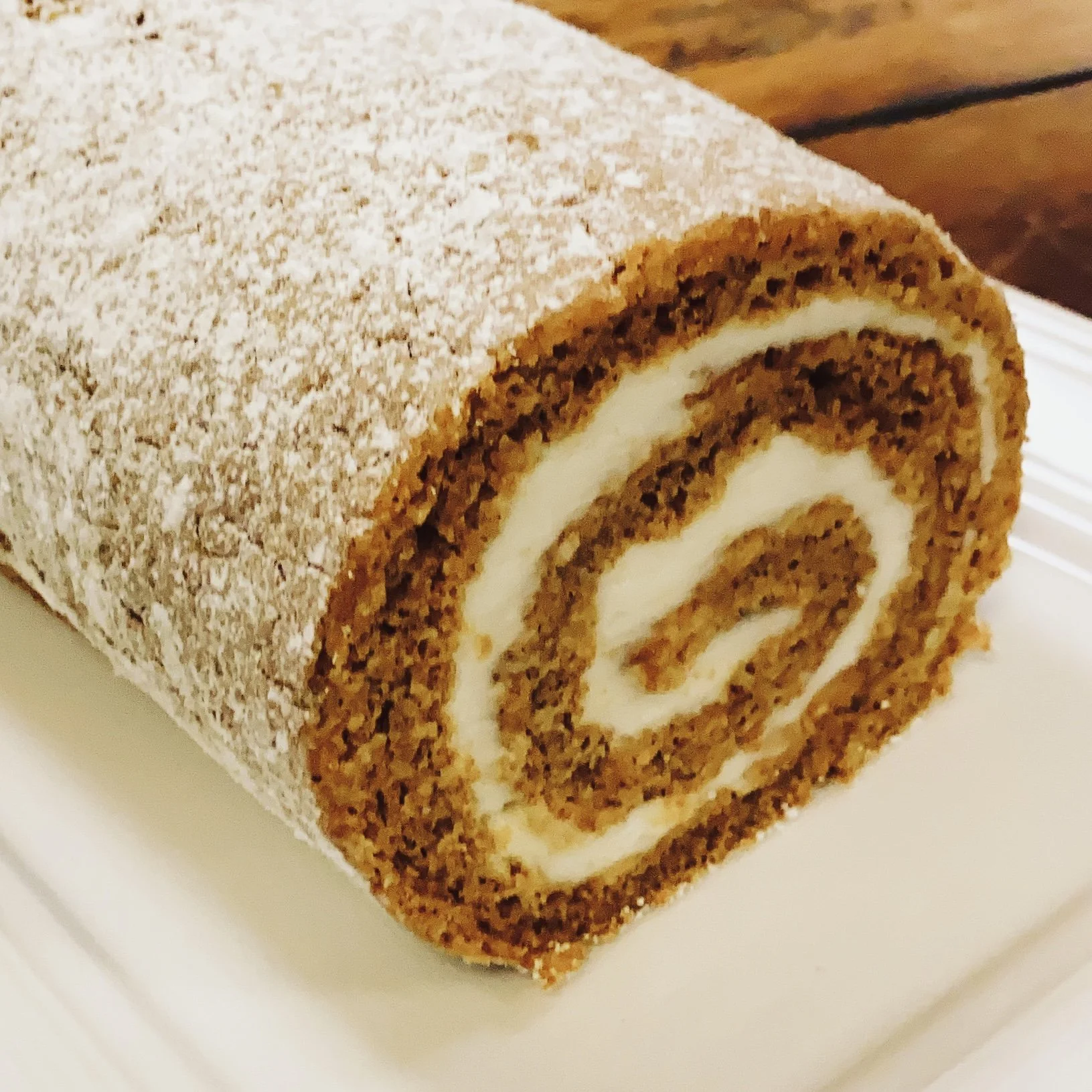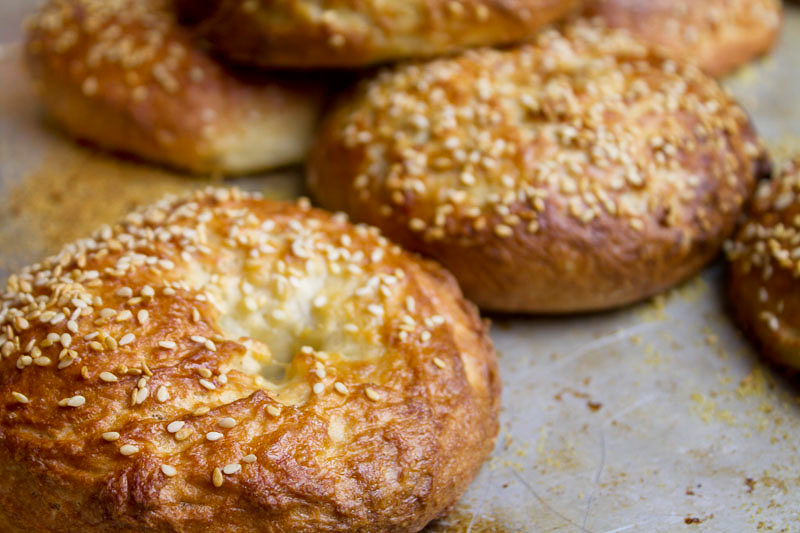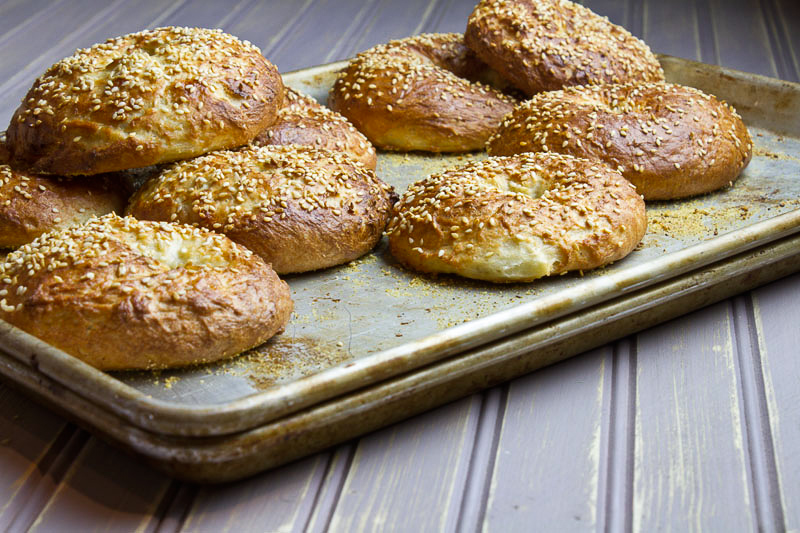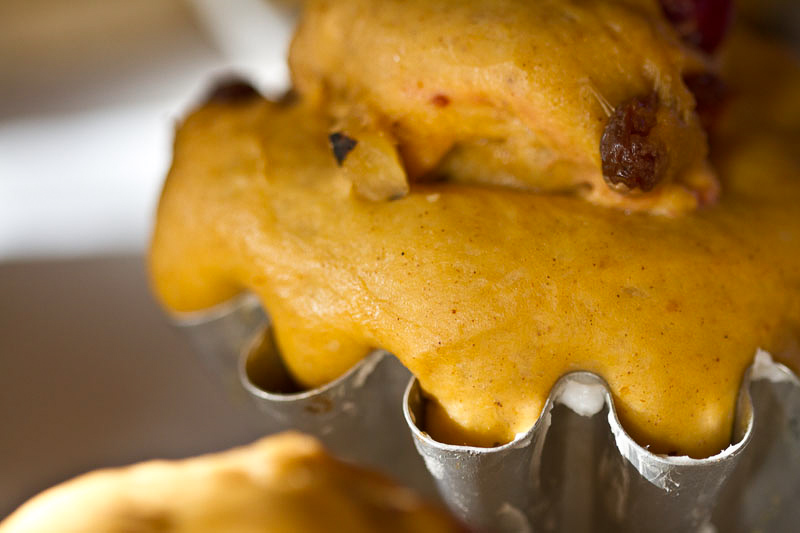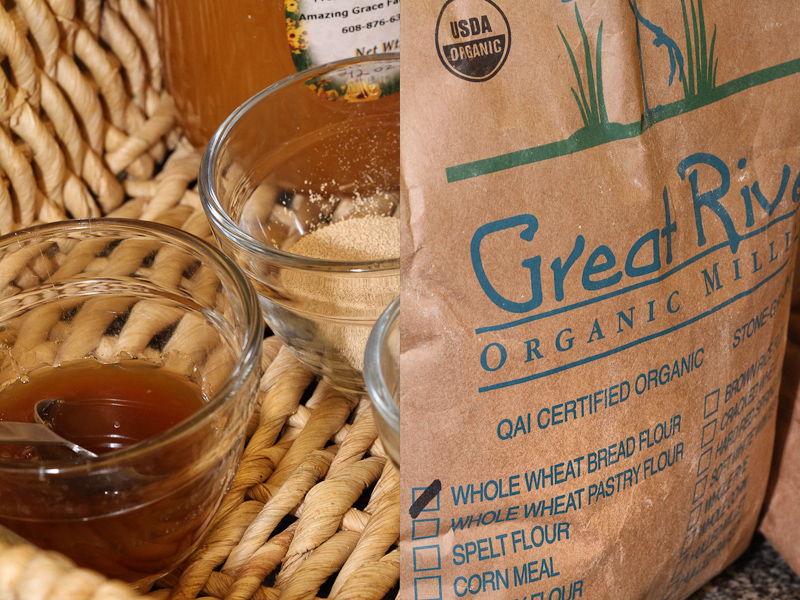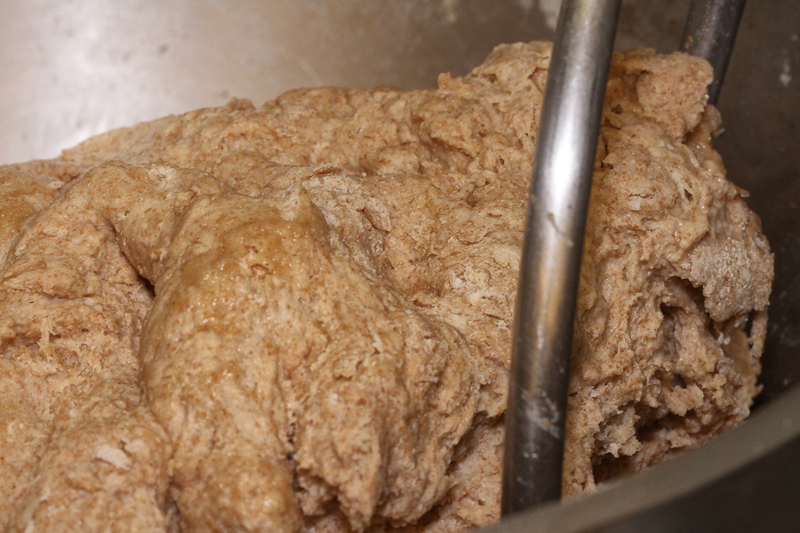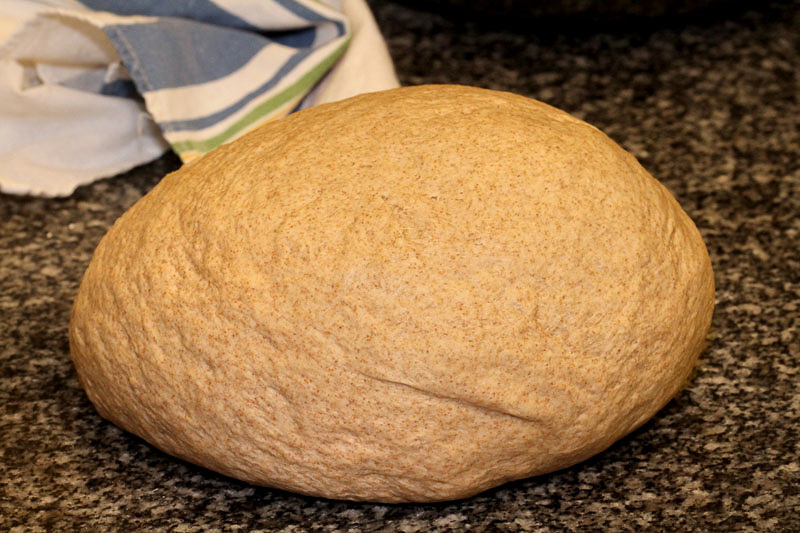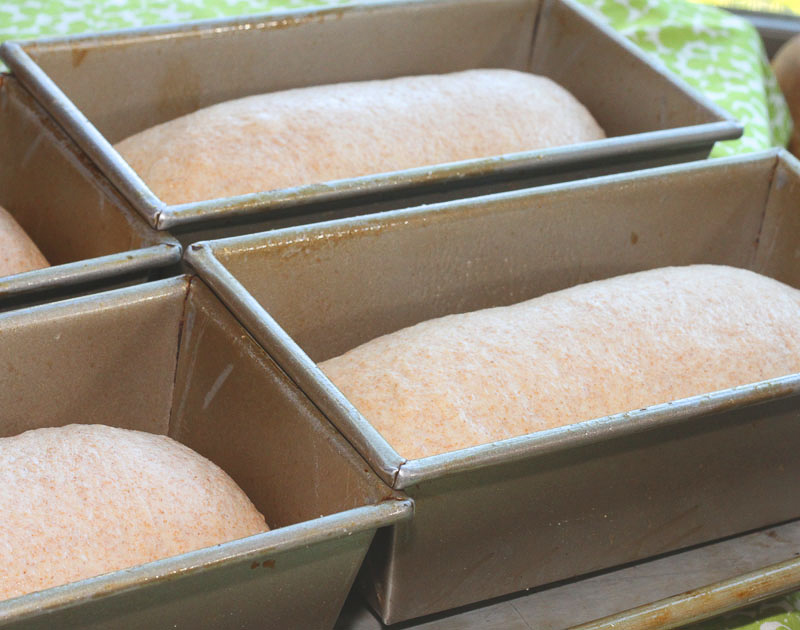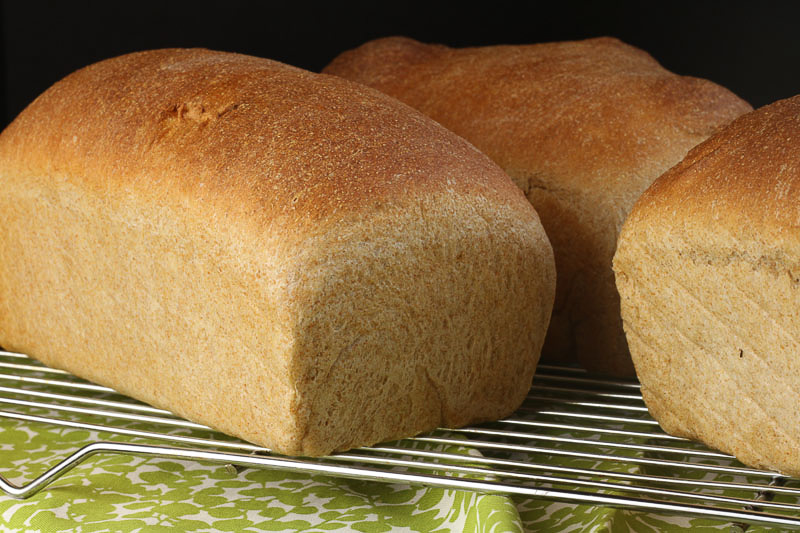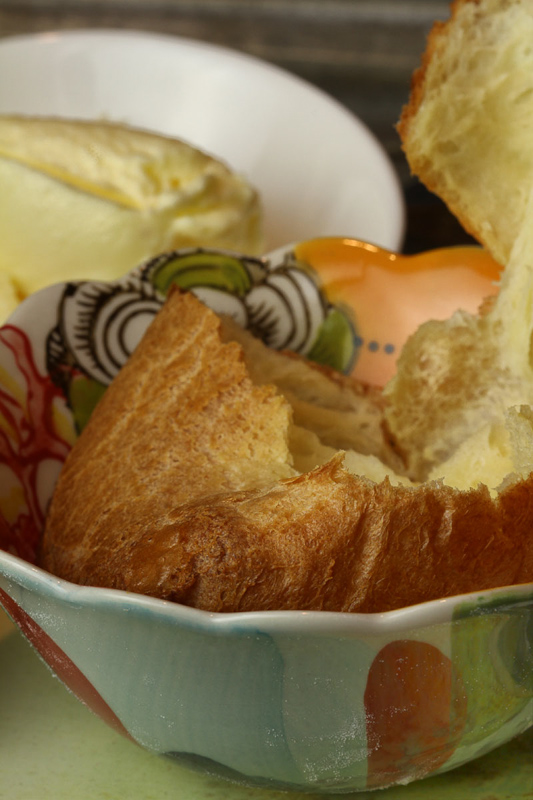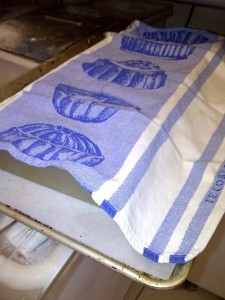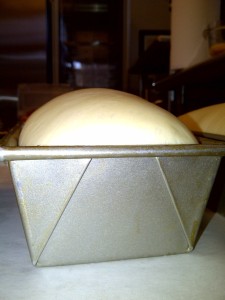Hello and Happy Christmas Week!
It’s the week of Christmas, and I hope you’re enjoying this time. I’m secretly wishing for lots of snow, but I don’t think that’s going to happen - at least this week.
There’s something we need to discuss.
Butter. Butter is great, and it’s really great for baking. A few of you asked me why in the world my holiday cookie recipes included shortening. (Read that with a shudder). Well, here’s my best explanation. I don’t know why. The recipes I’ve shared are very old family recipes, the kind that are on tattered note cards with little notes in the margins. They were handed down from my great grand mothers and who knows who made them before that. And maybe when shortening become cool, my grandma swapped it out to be hip. I have found several shortening pamphlets and simple cookbooks in her collection. Who knows? The recipes use shortening. Truth be told, I think it’s a little weird too.
Here’s the thing. For the most part, fat is fat. Different fats have different tastes. Generally, they’re soft at room temp and firm when cool. If you change the fat, you can change the taste. Better? Maybe.
The best fat is the one that tastes the best to you and produces the result you like. Memory has a huge play in what tastes good to us. Would butter taste better if I were eating this cookies for the first time? Probably. For me, these recipes taste great. They evoke memories of learning to make them standing beside my grandma or my mom. I remember like it was yesterday getting to make the batches of cookies all by myself. When I make them now and I critique the outcome, it’s the memories and the taste that combine for the satisfaction of a job well done. I’m sure that one day I’ll try with recipes with butter, and I’m sure they’re taste great. And if you’d like to try them with butter, please do, I promise I won’t be the least bit offended. In the meantime, for these recipes, once a year, it’s shortening.
Now on to the recipe for the week!
I know some of you have made these a tradition for Christmas morning. Thank you! I like to make them in a deep pan and cut them into squares, then use the frosting as a condiment! They’re big & fluffy, and just what Christmas morning should be. You can make the dough the night before and let the rolls rise in the frig (gently cover with plastic wrap). Bring them up to room temperature and bake.
Cinnamon Rolls
Dough:
2 pkg. active dry yeast
1 C. warm water (105-115 degree)
2/3 C. plus 1 tsp. granulated sugar, divided
1 C. warmed milk
2/3 C. butter
2 tsp salt
2 eggs, slightly beaten
7-8 C. all-purpose flour, or more if needed
Filling:
1 C. melted butter, divided (2 sticks)
1 3/4 C. granulated sugar, divided
3 Tbsp. ground cinnamon
1 1/2 C. chopped walnuts, optional
1 1/2 C. raisins, optional
Creamy Glaze (not pictured):
2/3 C. melted butter (1 stick plus 2 Tbsp.)
4 C. powdered sugar
2 tsp vanilla
4-8 Tbsp. hot water
In a small bowl mix together warm water, yeast and sugar and set aside. In a large bowl, mix milk, remaining 2/3 cup sugar, melted butter, salt and eggs; stir well and add yeast mixture. Add half the flour and beat until smooth. Stir in enough of the remaining flour until dough is slightly stiff (dough will be sticky).
Turn out onto a well-floured board; knead 5 -10 minutes. Place in well-buttered glass or plastic bowl, cover and let rise in warm place, free from drafts, until doubled in bulk, about 1 to 1 1/2 hours.
When doubled, punch down dough and let rest 5 minutes. Roll out on floured surface into a 15 x 20 inch rectangle.
To prepare filling: Spread dough with 1/2 cup melted butter. Mix together 1 1/2 cups sugar and cinnamon; sprinkle over buttered dough. Sprinkle with walnuts and raisins, if desired.
Roll up jellyroll-fashion and pinch edge together to seal. Cut into 12 to 15 slices. Coat bottom of a 13-by-9-inch baking pan and a 8-inch square pan with remaining 1/2 cup melted butter, then sprinkle with remaining 1/4 cup sugar. Place cinnamon roll slices close together in pans. Let rise in warm place until dough is doubled in bulk, about 45 minutes.
While rolls are rising, preheat oven to 350 degrees. Bake 25 to 30 minutes, or until rolls are nicely browned. Cool rolls slightly.
To prepare Frosting: Meanwhile, in medium bowl, mix melted butter, powdered sugar and vanilla; add hot water 1 Tbsp. at a time until glaze reaches desired spreading consistency. Spread over slightly cooled rolls.
Alternate Icing: (this is the one in the photo)
Ingredients:
2 cups margarine (yes, really margarine!)
2 cups cream cheese
4 cups powdered sugar
2 teaspoons lemon juice
2 teaspoons vanilla extract
Directions:
Allow margarine and cream cheese to reach room temperature. Beat cream cheese and margarine together in a bowl with a mixer. Slowly add in all powdered sugar. Once all of the sugar is in the bowl mix for AT LEAST an additional 12 minutes. When almost done, add in the extracts.
Before I sign off, I have to tell you about a new product created this week in the shopping area. It’s kind of a gift certificate, but you get to choose the amount. The person you give it to gets to spend it down with a code as they sign up for various classes. It’s pretty neat. You can have the code sent to you or to the person you’re gifting it to. It’s called the Little French Bakery Gift Card. There are eight different price points. I hope you like it.
I’m so glad so many of you signed up for the Pithivier Class. It’s going to be fun. There will be people from all over the country. Maybe even a few outside the US!
Have a great weekend! I’ll see some of you on Monday for the Scandinavian Baking Class! We’ve got a great line up for you.
From my house to yours,
Susan
